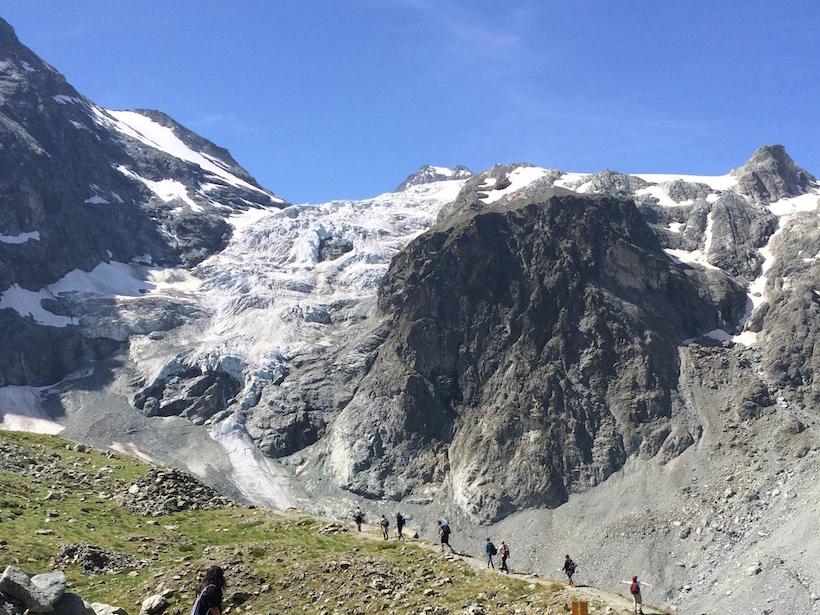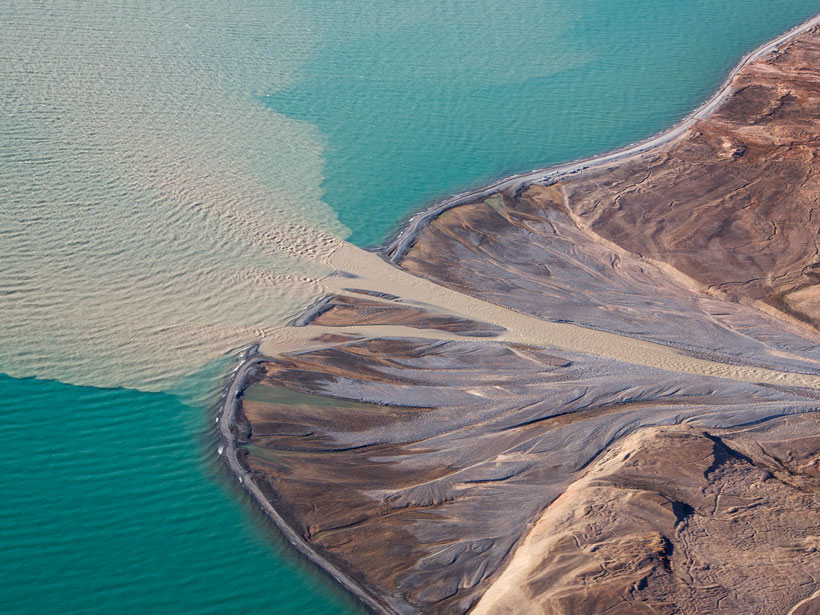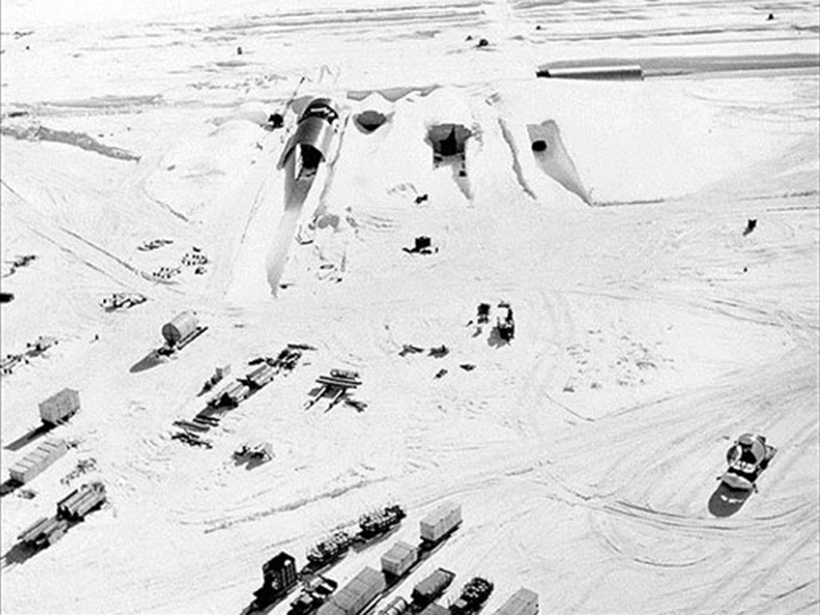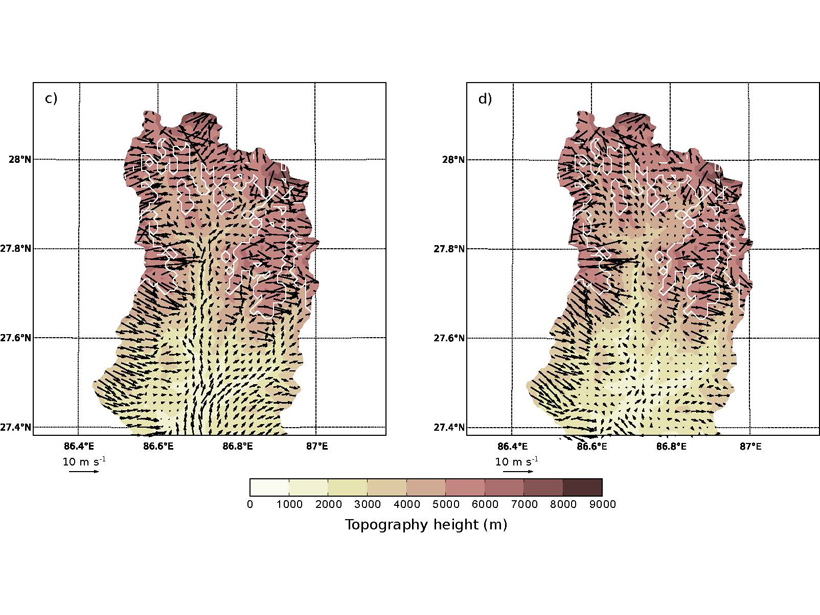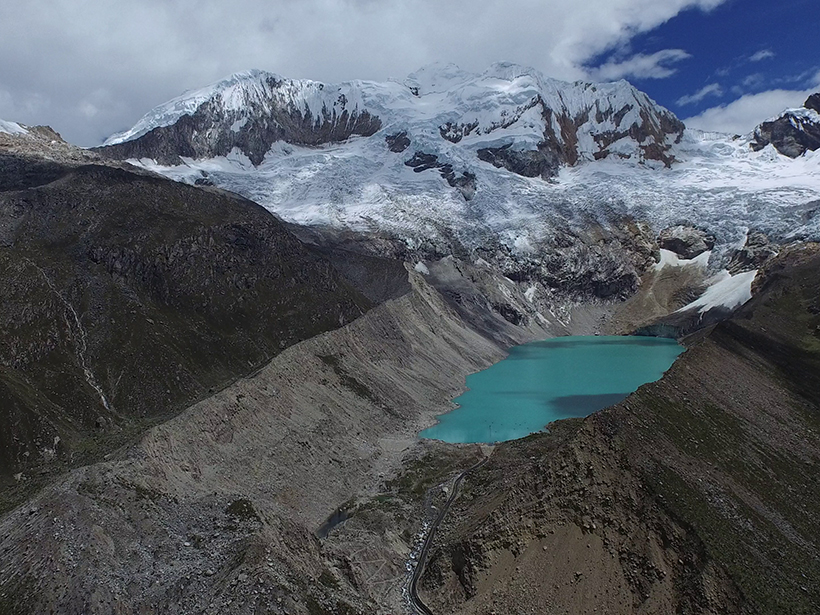A new statistical analysis of daily, glacial runoff cycles offers a unique way of examining how Alpine glaciers have responded since the onset of rapid regional warming in the 1980s.
glaciers & ice sheets
Very Warm Water Observed Along West Antarctic Ice Shelf
Two years of mooring observations at the edge of the continental shelf show that wind stress and upwelling control the inflow of some of the warmest water observed at an ice shelf front in Antarctica.
Did Global Glaciation Cause the Great Unconformity?
In a new study, researchers make the case that large-scale glaciation during parts of the Neoproterozoic era led to extensive erosion of Earth’s crust.
Subglacial Water Can Accelerate East Antarctic Glacier Flow
Airborne radar from the Recovery Glacier system demonstrates the importance of characterizing the underlying causes of ice flow speedup to understand how glacial discharge could change in the future.
Ice Drove Past Indo-Pacific Climate Variance
Researchers used both terrestrial and marine proxy data to reconstruct the dramatic and dynamic climatic changes.
What’s Missing from Antarctic Ice Sheet Loss Predictions?
Accurately modeling melt rates in specific ice shelf locations is critical for forecasting how Antarctica’s ice sheet will respond to climate change.
Sand from Greenland’s Melting Ice Sheet Could Bring in Business
The effects of climate change could fuel a new sand mining industry in Greenland.
Podcast: Toxic City Under the Ice
In the latest episode of its Centennial series, AGU’s Third Pod from the Sun recounts the history of a top-secret military project with unintended environmental consequences.
What Drives Surface Winds in a Deep Valley?
Surface winds in a Himalayan valley are found to vary daily and seasonally due to factors including pressure gradient, advection, turbulent vertical mixing, and the presence of glaciers.
The Dangers of Glacial Lake Floods: Pioneering and Capitulation
During the past 70 years, Peruvian engineers virtually eliminated the risks posed by glacial lake floods. But climate change and a political blind eye are increasing the dangers once again.

